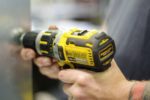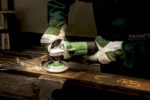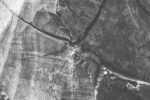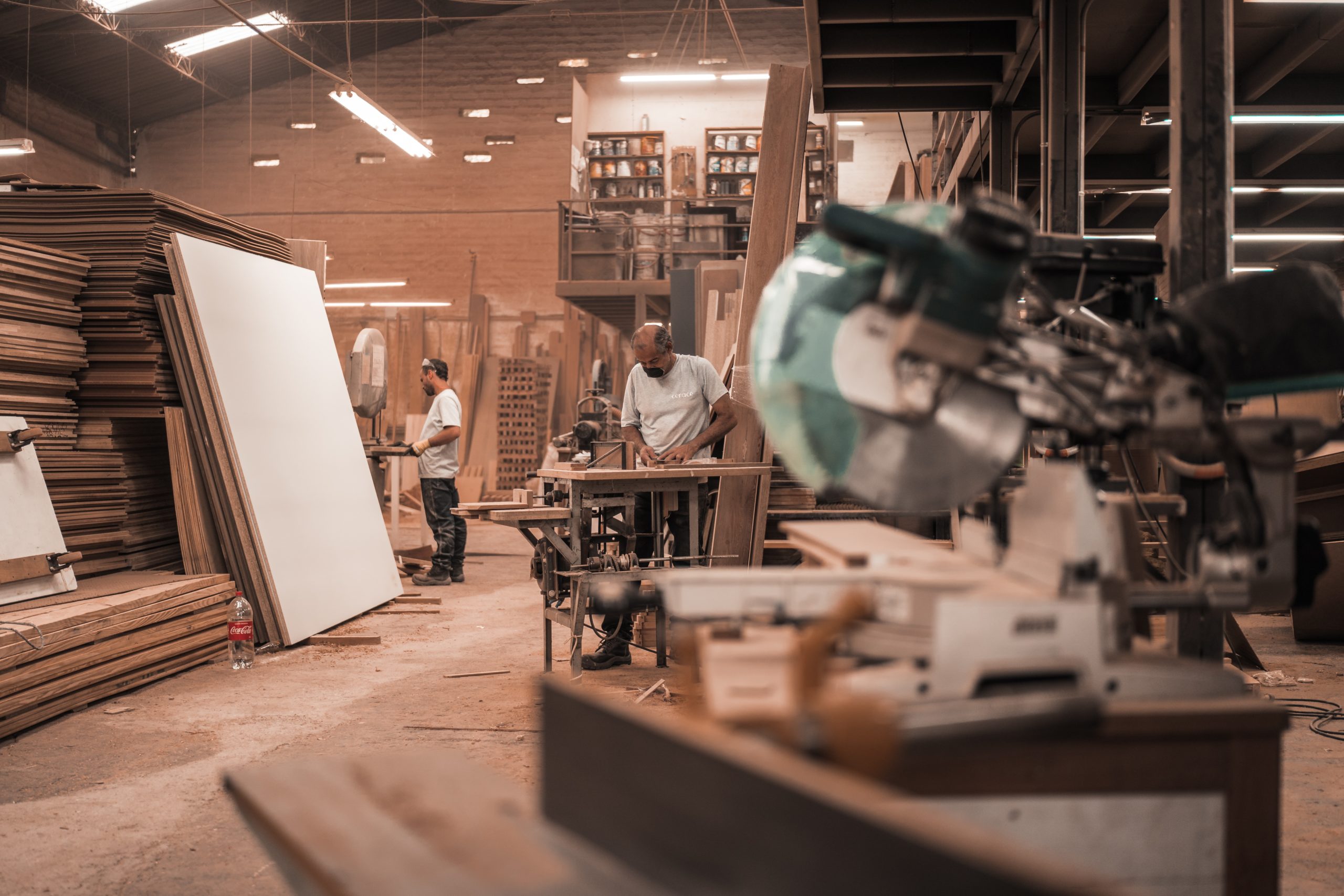How to Find Stud in the Wall | UK Guide | 2023

Using Power Outlets as a Guide
One of the easiest ways to find potential wall studs is to use existing features within a room as a guide. Power outlets and light switches are a good indicator of where a wall stud might be, as electrical boxes are almost always attached to them. However, you need to bear in mind the typical dimensions of a wall stud. If a building has been constructed in adherence to building regulation and codes, wall studs should not be placed more than 16 inches apart. Use this measurement as a guide when determining an estimate of where a wall stud might be.
Windows
You can also use existing windows an indicator of where wall studs might be located. Typically, windows will have a wall stud placed either side of the frame. However, determining the exact edges of wall studs in the vicinity of a window can be difficult. It is certainly not as reliable as using wall sockets and switches as a guide. If you misjudge the placement of a wall stud, you also risk damaging window surroundings when attempting to add screws.
Inspect the Finish of the Wall
Although not entirely reliable, inspecting the surface finish of a wall can be a good way of determine the placement of a wall stud. In particular, you are looking for dimpled textures. These will give you an idea of where drywall material has been fastened to wall stud edges, especially if they have been skimmed with plaster.
Tap to Check
Simply tapping the wall will also give you a good idea of whether or not you have located a wall stud. Use a heavy tool, such as a hammer or the end of a screwdriver, to gently tap on a wall. If the space beneath sounds hollow, there is little chance of there being a wall stud beneath. If the space beneath sounds hollow, continue tapping in one direction or the other until you notice a clear change in sound.






